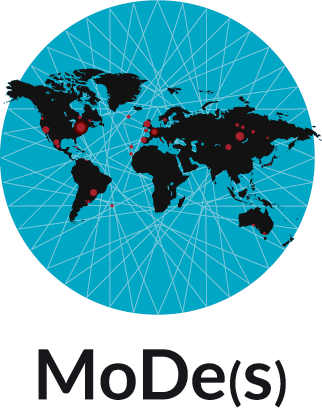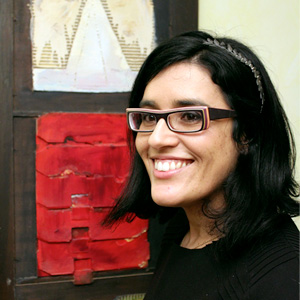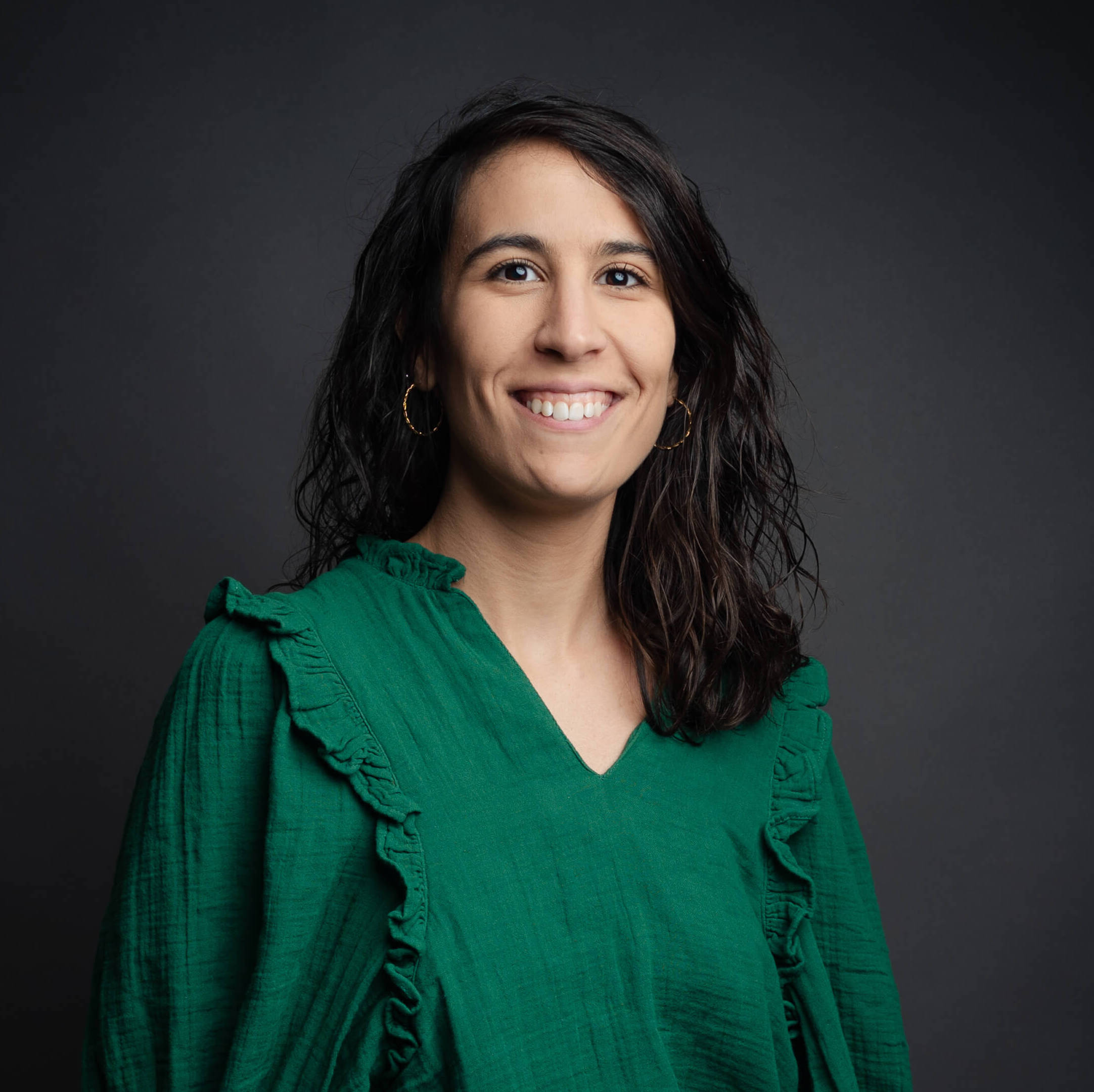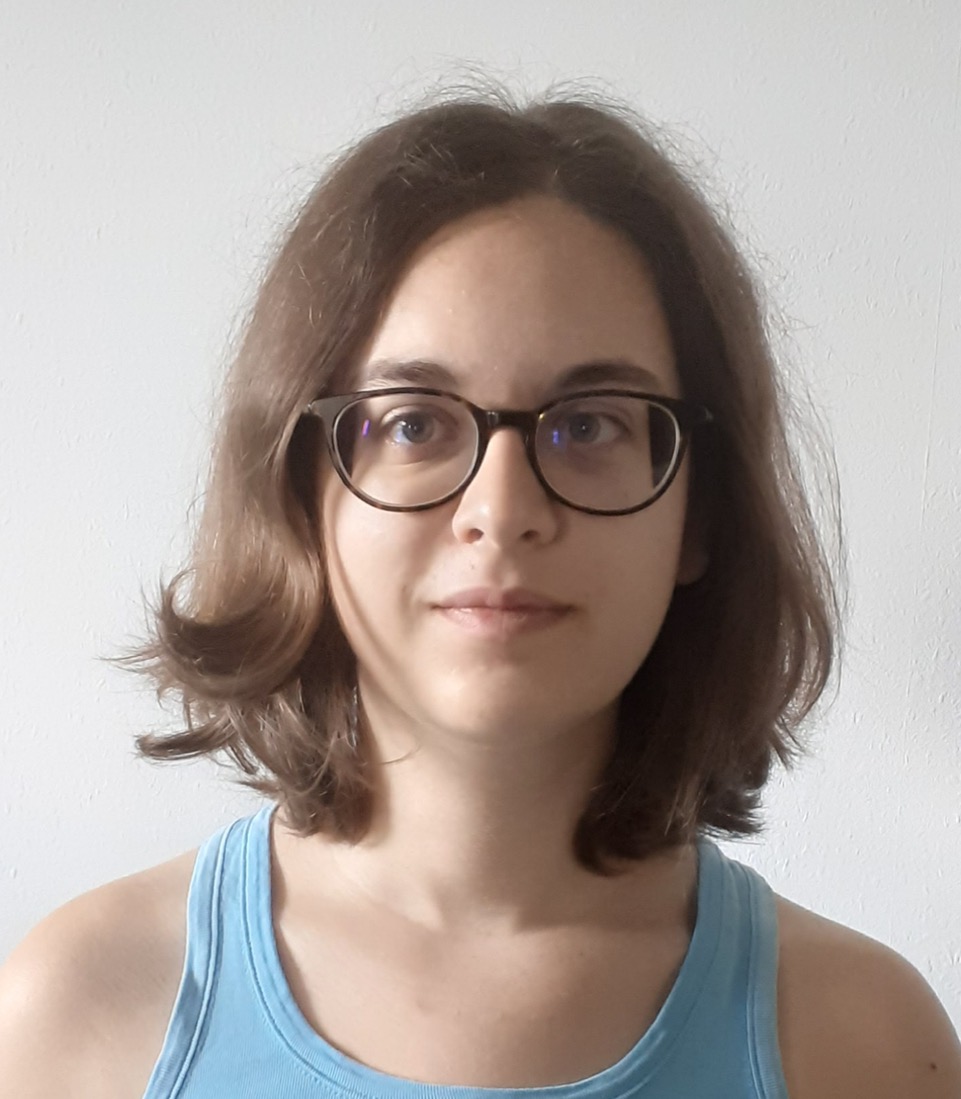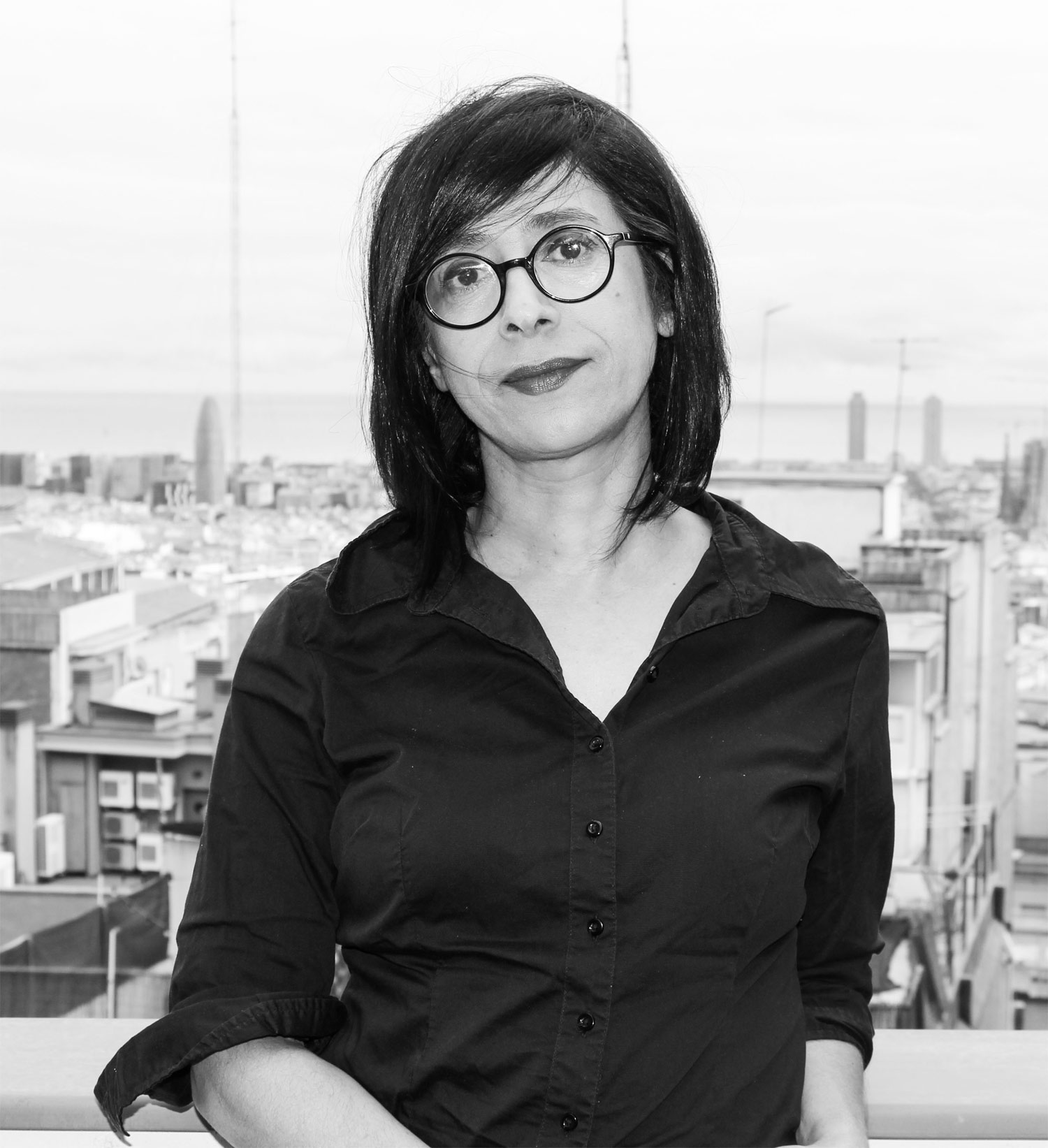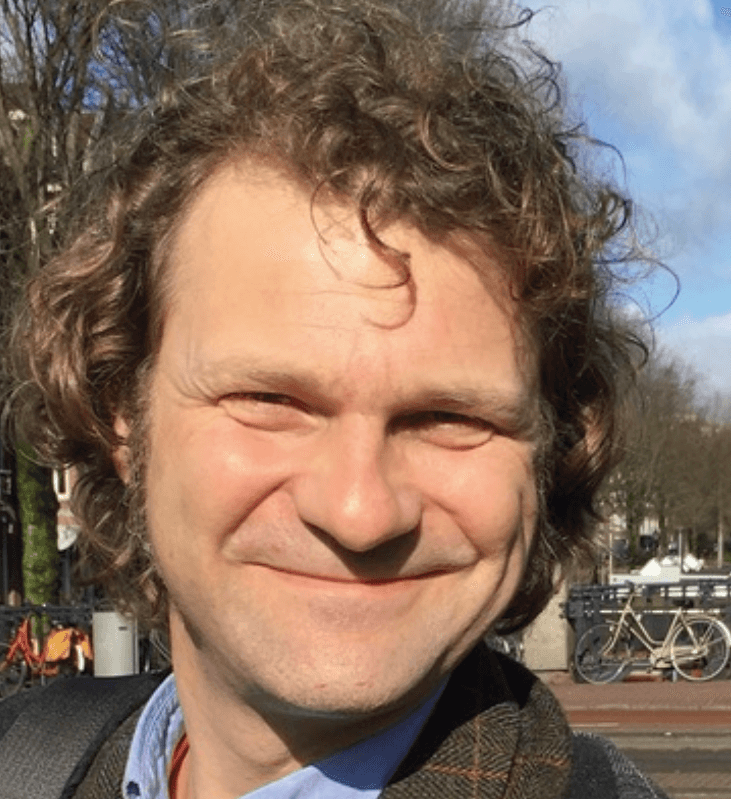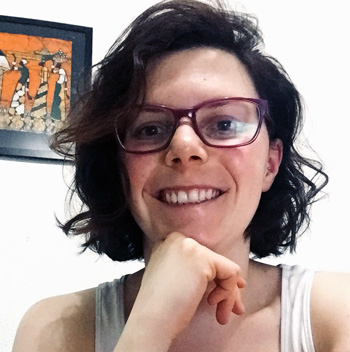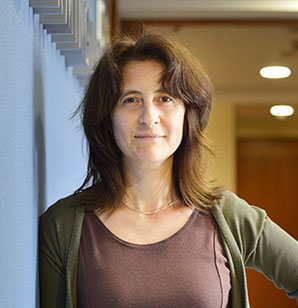Political Images and New Worlds to Build: The Visual Culture of the Zapatistas’ Journey for Life in Europe
This project seeks to analyze the emergence, within the field of visual studies, of novel practices of image production created by European activists during their encounters with the Zapatistas, during their Journey for Life (Mexico-Europe, 2021). It will examine their structuring role in the collective imaginaries and consciousness of social struggles related to Europe’s urgent issues (ecology, femicides, racism, the rise of the far right). The aim is to constitute an archive.
In 2021, the Journey for Life took place in Europe, an initiative by the Zapatistas (Mexico), to meet with the grassroots collectives fighting against the market’s ecocidal laws, sexism, and homophobia (see the “Declaration for Life” that preceded their arrival (CETRI, 2021)). 1400 collectives organized to welcome them and engage in festive and political activities through intensive communication and exchanges (social networks, messaging, audiovisual platforms). Working for months on their reception, the collectives faced a challenge: that of local activism, conceived and narrated through the lens of internationalism. Their responses, through the thousands of documents and objects produced (leaflets, posters, photographs, banners, films, press releases), the meetings, as well as the intense and transnational collaborations, created a unique commonality that remains to be explored. The hypothesis is that while the Zapatistas have transformed the use of images in the international left, European collectives have demonstrated unprecedented creativity in the collective defense of life and against racism, sexism, and homophobia.
The motivations underlying the premises of the Journey for Life resonate with the philosophical and anthropological shifts that took place in the last decades of the 20th century (Latour, 1991; Haraway, 1991) and the demands of (eco)feminist and ecological movements (Hache, 2016; Malm, 2021). In resonance with the Zapatistas and the thinking of indigenous communities, the renewal of the Western way of perceiving the common calls for the reassessment of a hegemonic, exclusively anthropocentric economic premise. Haraway’s analyses posit that survival in the face of ecological collapse on Earth involves not only the human community but also interspecies cooperation and the establishment of a commonality of the living (2020). These forms are linked to specific cultural and visual practices (Mirzoeff, 2020) that are crucial for sharing and building the social.
Therefore, this project aims to investigate the images and creative practices implemented during the Journey for Life, as well as their limits and challenges.
Studying how European-based militant collectives responded and participated in the journey also through images allows us to 1) consider this journey as a time for creating commonality, that is, as a mode of collective performativity where democratic, horizontal spaces, responding to a precise framework of self-management, are established (Dardot and Laval 2015; Federici 2017); 2) interrogate the role of images in configuring new practices and raising collective awareness (of gender, class, race); 3) address the phenomenon of militants’ mobilities, not exclusively through the movement of activists, but also through the transfers of iconographic motifs, repeated or in mutation.
In the current context of struggles against the commodification of female bodies and territories, and in the face of processes of extractivism and predation of natural or cultural resources (Malm, 2016), the enthusiasm with which this journey was welcomed warrants reflection on the imaginaries that govern South/North relations. In a Europe where the far right holds a place in the political agenda, what are the margins of symbolic action for militants in the res publica? What images does today’s European activism owe to the struggles of the Global South? On the occasion of this journey, what role did the exoticization of the other play? During the encounters, could emancipation be imagined without romanticism?
These questions outline the framework of the concrete and diverse objectives of our project, as the study is unprecedented: 1) establish an archive of the visual culture produced; 2) analyze the themes and materialities of the images, as well as their circulation and mobilities (identifying the vectors of transfers), and their reception and re-semantization in the various militant contexts through which they circulated; 3) study the representation of women in the images produced; 4) describe the efforts of de-compartmentalizing and de-naturalizing gender; 5) study the role that environmental justice struggles have played in the visual culture of the journey.
- Aesthetics of resistance: other journeys for life (March 20, 2025, Les Abattoirs, Toulouse)
- Learning from the journey of the Zapatistas (Viaje por la vida) through Europe. Images, words and representations for an urgent anti-colonialism (22 April 2025, Centro Social Tres Peces Tres, Madrid)
Political Images and New Worlds to Build: The Visual Culture of the Zapatistas’ Journey for Life in Europe / NOVA-IMAGO-ZAP
Funding organization: LABEX – Université Toulouse II -Jean Jaurès
Center of execution: Université Toulouse II -Jean Jaurès
Period of realization: 01-04-2024 to 31-12-2026
Associated Institutions: MoDe(s) : Decentralised Modernities : Art, politics and counterculture in the transatlantic axis during the Cold War, FRAMESPA: France Amérique Espagne – Sociétés Puovoirs Acteurs.
Heads of Research: Paula Barreiro López (Université Toulouse II -Jean Jaurès) and Sonia Kerfa (Université Grenoble Alpes)
Postdoctoral Research Assistant: Anita Orzes (Université Toulouse II -Jean Jaurès)
Research team: Noa Buffavand (FRAMESPA / Université Toulouse II -Jean Jaurès), Valeria Caballero Aguilar (Universidad Complutense de Madrid / Universidad Autónoma de Madrid), Cristina García Martínez (ICEA4 / Université Grenoble Alpes), Emmanuelle La France (FRAMESPA / Université Toulouse II -Jean Jaurès), Tobias Locker (Saint Louis University), María López Ruído (Universidad de Barcelona), Fabiola Martínez Rodríguez (Saint Louis University), Jeanne Mosnier (LERASS/UT2J), Anita Orzes (Universidad de Barcelona / Université Grenoble Alpes), Julia Ramírez Blanco (Universidad Complutense de Madrid)
Scientific and Advisory Committee: Brigitte Aubry (FRAMESPA/UT2J), Anne-Laure Amilhat Szary (PACTE/UGA), Marco Baravalle (IUAV), Lîlâ Bisiaux (LLA CREATIS/UT2J), Thérese Coureau (CEIIBA/UT2J), Amilien Estelle (ICEA4/UGA), Frank Gaudichaud (FRAMESPA/UT2J), Marion Gautreau (FRAMESPA/UT2J), Cristina Híjar (INBA), Julie Martin (LLA CREATIS/UT2J),Pablo Mora Calderon (Universidad de Javeriana), Patricia Oliart (Newcastle University), Laura Pérez (University of California), Amanda Rueda (LERASS/UT2J), Brigitte Sebbah (LERASS/UT2J), Raquel Schefer Université Paris 3), Michèle Soriano (ICEA4/UT2J)
Interns: Gaël Dos Santos Montoya (Université Toulouse II – Jean Jaurès), Alicia Díaz Rojas (Université Grenoble Alpes)



